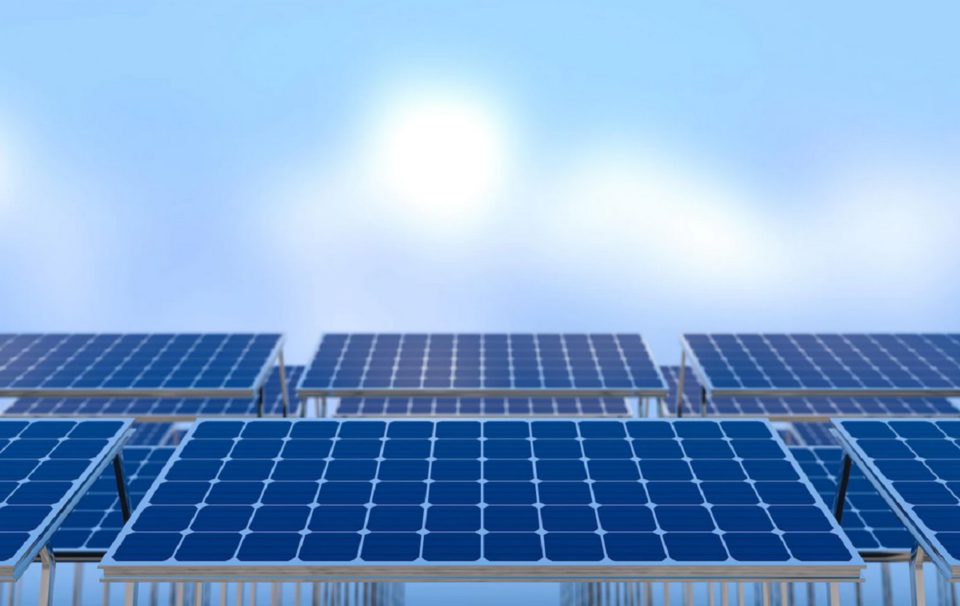One of the most effective methods of reducing your dependence on grid power, saving on electricity expenses and helping to reduce your carbon footprint is installing roof-mounted solar panels. The roof is ideal for solar panels because it gets more exposure to sunshine, which helps to produce the maximum solar energy. Among the first things, a solar panel installation consultant or contractor will investigate, including the roof condition, its orientation, the type, slope, area, etc. A quick look at how these factors influence your solar panel installation:
Age and Overall Condition of the Roof
Generally, solar panel installation consultants recommend that you should ensure that the roof is in good condition, as solar panels are heavy. Typically, an asphalt shingle roof should be less than ten years old to qualify. However, regardless of the roof’s age, you should arrange a professional inspection to verify if it is strong enough to bear the extra load. Repairing or replacing the roof before installing the solar panels is a good idea, as otherwise, you will have to remove and reinstall them at considerable expense to carry out roof repairs later. A roofing contractor, like Colony Roofers – a trusted roofing company will also inspect the attic for leaks and ventilation
Roof Type
You can install solar panels on almost any roof type, including those on your home, shed, garage, or barn. An expert solar panel installer can figure out the best way of mounting the panels regardless of whether the roof is hip, gable, or combination. The best thing about solar panel installation is that the installers can split the solar panel arrays into several sections to follow the roofline and conveniently work around typical roof components, like chimneys, skylights, pipe boots, box vents, etc. You can mount the solar panels on just about any kind of roofing materials, including asphalt shingles, as long they are in good condition and offer enough surface area.
Slope and Orientation
Ideally, the solar panels on your roof should be angled in a way that they match the latitude of your location; however, since you may not always be able to do it, you can install solar panels successfully as long as your roof slopes between 15-40 degrees. The mounting will generally allow you to adjust the solar panels to maximize exposure to sunlight. Another crucial factor in solar panel installation is the orientation of the slope of your roof. In the U.S., the solar panels should ideally face south to get maximum exposure to sunlight.
Surface Area of the Roof
One of the most important considerations for the installation of roof-top solar panels is the surface area available. Unless you can make available a minimum usable surface area for installing the solar panel, you may not be able to produce enough electricity to make the exercise worthwhile and achieve a reasonable return on investment. You must also remember to comply with the local building codes that will usually require you to keep certain areas free for access and ventilation. According to Forbes, you may need to apply for a building permit.
Conclusion
Since not all roofs are suitable for the installation of solar panels. Ideally, before investing, you should appoint an experienced solar panel installation contractor to verify the roof condition, make repairs, and certify that the surface area, slope, orientation, and type of roof are suitable.
